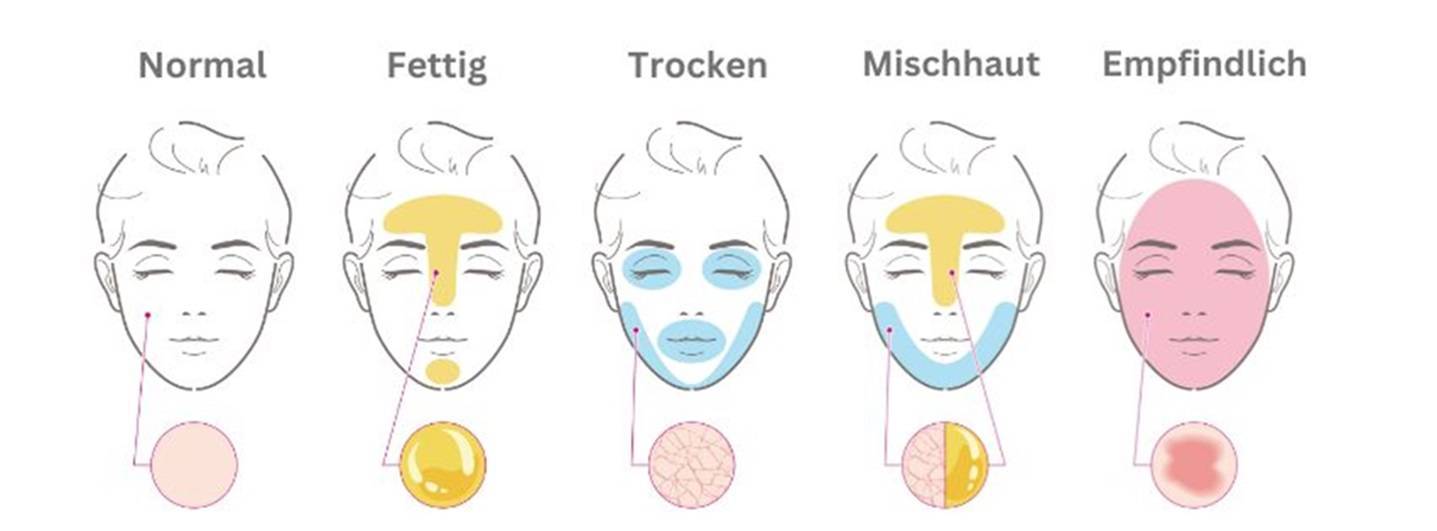At around 1.8m², our skin is the largest human organ and also one of your most important protective shields against external influences. The classification of skin types is based on sebum production and the skin’s moisture content. We can distinguish between 5 different skin types : Normal, dry, oily, sensitive and combination skin.
Skin conditions, on the other hand, refer to temporary or chronic conditions such as mature, blemished or dehydrated skin. These conditions can be triggered or exacerbated by internal factors such as hormones and stress or external influences such as the environment and skincare products.
Important: Every skin type has different needs. A sound understanding of these differences is important in order to find the optimal care for your skin.







